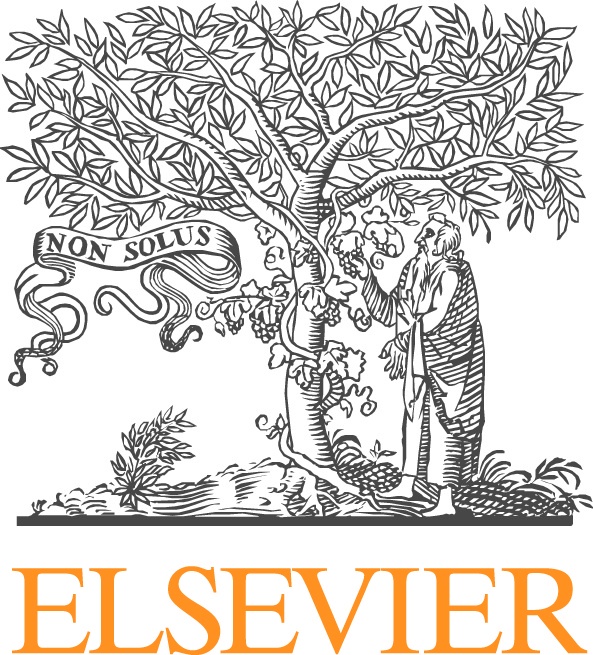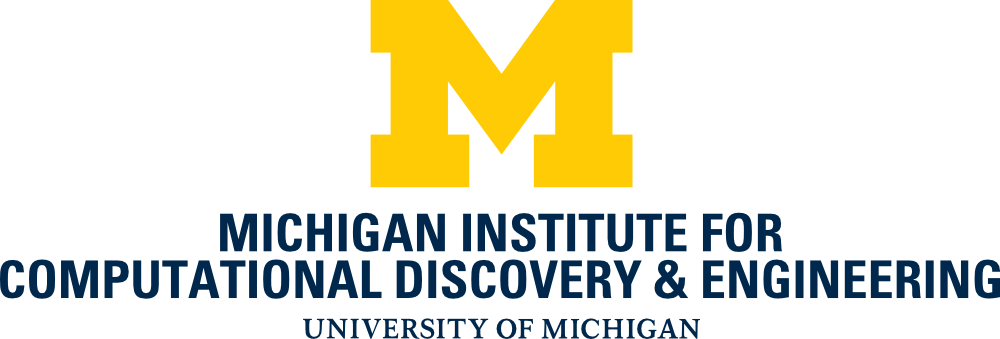SC14-008: Computational Phase-Field Modeling
Dr. Kris van der Zee, University of Nottingham
Course description
Computational phase-field modeling is a thriving paradigm in computational mechanics. Phase-field modeling refers to the mathematical description of physical systems with different phases separated by an evolving diffuse interface. Prime examples include interfaces between two, or more, distinct states arising in mixtures and multi-phase systems such as in two-phase flows, binary alloys, fluid phase transition, solidification, grain and crystal growth, and even the growth of cancerous tumors, while crack propagation in phase-field fracture mechanics is a classical example of diffuse interface evolution in a single material.
Course objective
The objective of the short-course is to give an accessible introduction to computational phase-field modeling, focusing on the questions:
What are the phase-field models?
Why do they work, and how do you solve them?
Where do phase-field models come from, and how are they derived?
Course contents
Examples: Navier-Stokes-Cahn-Hilliard system, phase-field solidification, phase-field fracture , mechano-biological mixtures
Principles: Free-energy dissipation, phase separation, phase transition, coarsening
Computational methods: Energy-stable time-stepping algorithms, discretization of higher-order spatial operators
Foundations: Truesdell’s continuum theory of mixtures, Gurtin-Coleman-Noll phase-field theory
Computational phase-field modeling is a thriving paradigm in computational mechanics. Phase-field modeling refers to the mathematical description of physical systems with different phases separated by an evolving diffuse interface. Prime examples include interfaces between two, or more, distinct states arising in mixtures and multi-phase systems such as in two-phase flows, binary alloys, fluid phase transition, solidification, grain and crystal growth, and even the growth of cancerous tumors, while crack propagation in phase-field fracture mechanics is a classical example of diffuse interface evolution in a single material.
Course objective
The objective of the short-course is to give an accessible introduction to computational phase-field modeling, focusing on the questions:
What are the phase-field models?
Why do they work, and how do you solve them?
Where do phase-field models come from, and how are they derived?
Course contents
Examples: Navier-Stokes-Cahn-Hilliard system, phase-field solidification, phase-field fracture , mechano-biological mixtures
Principles: Free-energy dissipation, phase separation, phase transition, coarsening
Computational methods: Energy-stable time-stepping algorithms, discretization of higher-order spatial operators
Foundations: Truesdell’s continuum theory of mixtures, Gurtin-Coleman-Noll phase-field theory







